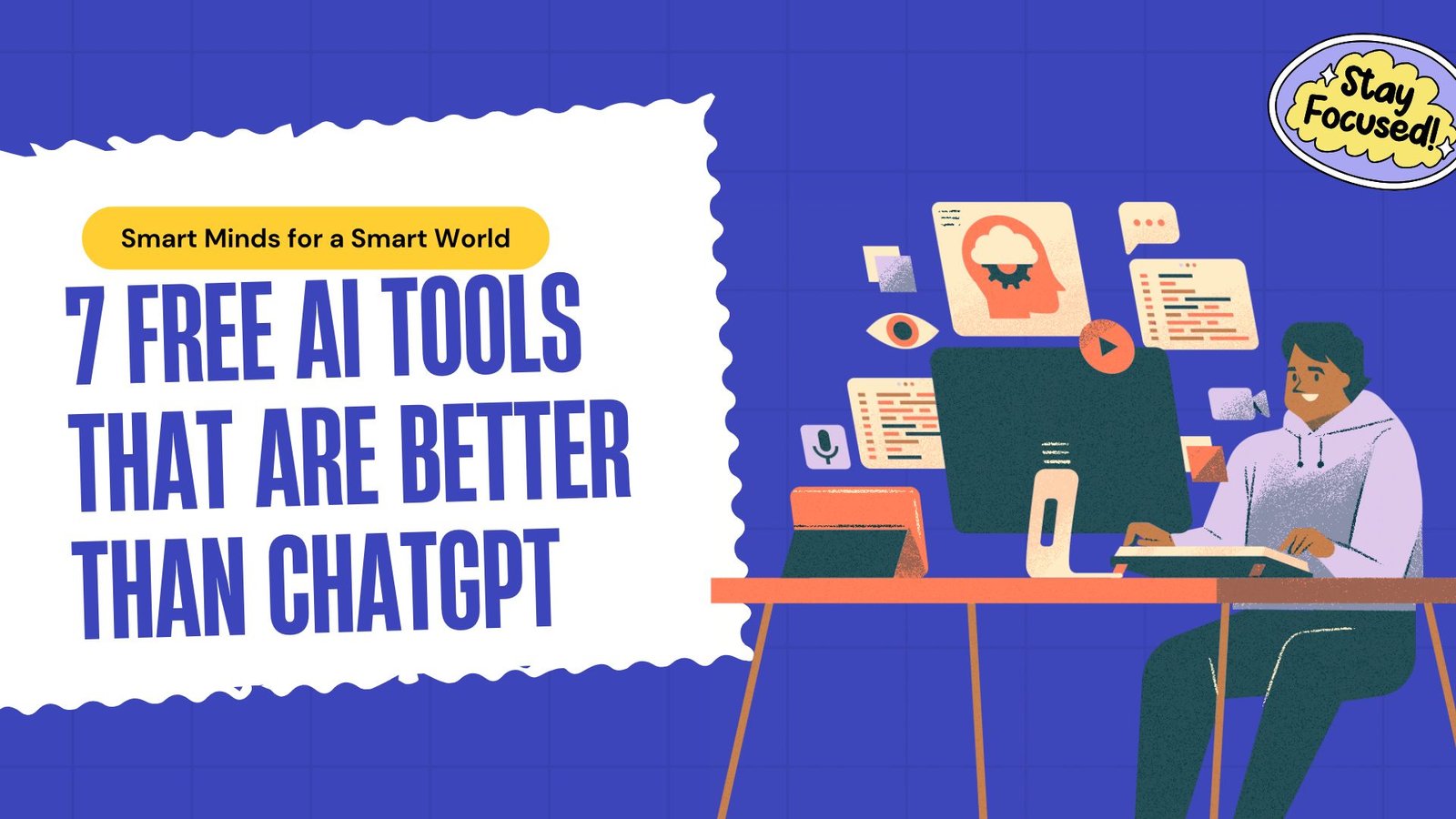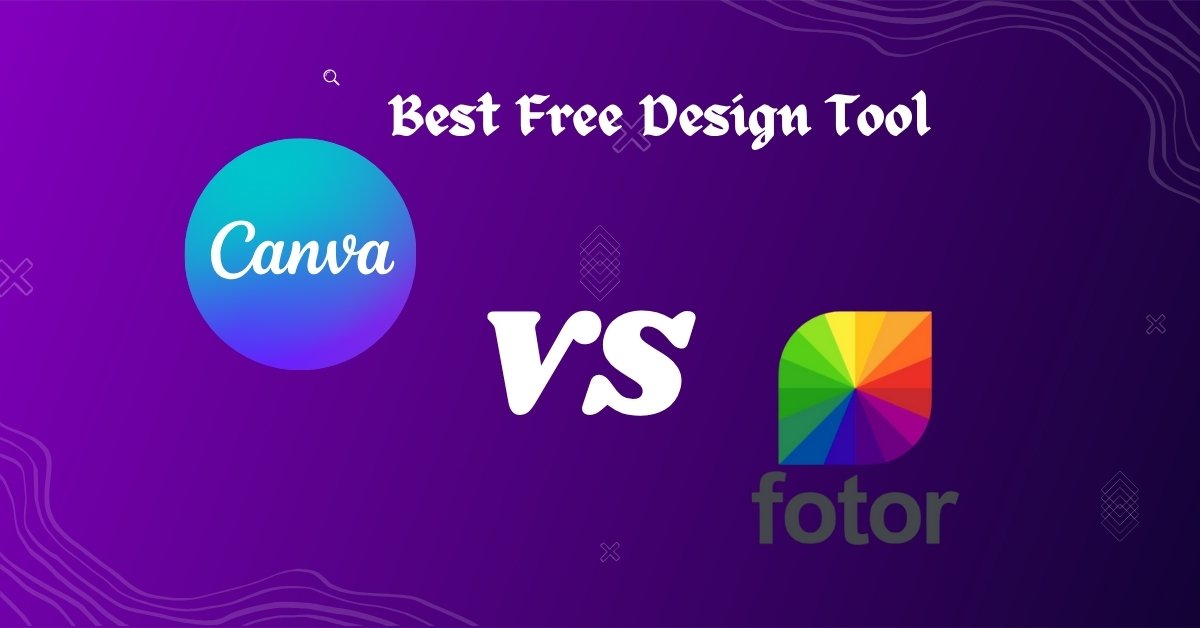Artificial Intelligence has rapidly evolved, and in 2025, a growing number of tools have emerged that not only match but, in specific use cases, exceed ChatGPT’s capabilities. These alternatives are designed with a focus on specialization, offering advanced features tailored to writing, research, design, presentations, voiceovers, and video creation. One of the biggest advantages of these tools is accessibility—most are completely free and require no account creation.
This in-depth article provides a comprehensive professional review of seven AI tools that surpass ChatGPT in specific domains. We will explore their features, strengths, limitations, and ideal use cases, helping you make informed decisions as a digital creator, marketer, or entrepreneur.
1. Writesonic’s Chatsonic (Free Mode)
Chatsonic is an advanced AI chatbot developed by Writesonic, aimed specifically at overcoming the limitations found in general-purpose models like ChatGPT. Unlike most AI chatbots, Chatsonic includes integrated access to Google Search, allowing it to deliver real-time and current event responses. This makes it particularly suitable for users working in journalism, SEO content development, and marketing where up-to-date data is critical. The platform also includes multimodal features such as image generation and voice-based inputs, which broaden its use case beyond simple text interactions. Additionally, the availability of pre-built personas lets users generate content in varied tones or personalities, from casual to formal and professional. Although the interface may appear crowded to first-time users, the feature set it offers is unmatched in terms of flexibility and utility for those requiring reliable, dynamic outputs from their AI tools.
Key Features
- Real-time web search integration
- Multiple AI personas for tone and intent
- Built-in image generation (via DALL·E)
- Voice interaction capabilities
Pros and Cons
| Pros | Cons |
|---|---|
| Accesses current web content and news | UI can be cluttered for new users |
| Supports long-form content generation | Free mode may have character limitations |
| Includes voice and image features | Slightly slower response time with web search |
Expert Verdict
Chatsonic is an excellent tool for bloggers, marketers, and journalists who need real-time, source-supported content. It shines in fast-paced digital publishing environments but may feel overwhelming for users who prefer simplicity.
2. Canva AI Magic Studio
Canva’s Magic Studio is an AI-enhanced creative suite built into the already-popular Canva design platform. Its purpose is to remove the barriers between users and professional-grade design output. What distinguishes Magic Studio from basic drag-and-drop editors is its suite of AI-driven features that enable everything from generating entire presentations from a simple prompt to editing visuals and photos using natural language commands. For creators, influencers, and business professionals who lack design experience or the budget for hiring designers, Magic Studio serves as a one-stop content engine. Magic Write allows for compelling copywriting right within Canva Docs, while Magic Design and Magic Edit accelerate the entire process of turning ideas into visual assets. The platform supports collaborative design, and its user experience remains intuitive, even for newcomers. Although some advanced tools are restricted behind a Pro subscription, the free-tier offerings are still powerful enough to serve the needs of startups and solo creators.
Key Features
- Magic Design turns text into complete visual layouts
- Magic Write offers contextual AI copywriting in Canva Docs
- Magic Edit allows you to edit image elements using natural language
- Text-to-video and automated slide deck generation
Pros and Cons
| Pros | Cons |
| Very beginner-friendly design interface | Some advanced features locked behind Pro plan |
| Supports AI-assisted content and media creation | No offline version available |
| Ideal for social media and presentation work | Free access limited to certain tools and templates |
Expert Verdict
Canva AI Magic Studio democratizes design. While it’s not a Photoshop replacement, it gives everyday users professional-quality outputs without needing design skills. The AI integration is especially helpful for small business owners and content creators.
3. Perplexity AI
Perplexity AI is a sophisticated AI-powered research assistant built with a focus on transparency and factual accuracy. Unlike ChatGPT, which relies on pre-trained data and sometimes hallucinates facts, Perplexity pulls live data from the internet and backs it up with hyperlinks to original sources. This makes it especially appealing to academic researchers, journalists, students, and professionals who require citations and verifiability in their work. Its clean, distraction-free interface is optimized for both desktop and mobile, making it a flexible companion for on-the-go research. Another highlight is its ability to handle follow-up queries in a contextual conversation, which enables deeper dives into complex topics. Although it lacks flair in storytelling or creative output, its reliability in sourcing and accuracy makes it indispensable for fact-based tasks.
Key Features
- Real-time answers with clickable citations
- Deep dive capabilities through follow-up queries
- Compact interface optimized for mobile and desktop use
- Summarizes academic articles, news, and webpages
Pros and Cons
| Pros | Cons |
| Reliable, citation-based answers | May occasionally cite paywalled sources |
| Great for students and researchers | Not ideal for creative writing or ideation |
| Clean, minimalist interface | Fewer formatting/customization options than ChatGPT |
Expert Verdict
Perplexity AI is the best free tool for anyone needing accurate, up-to-date research with references. Ideal for students, analysts, and journalists, though it’s not meant for content generation or storytelling.
4. Toolbuilder by FutureTools
Toolbuilder by FutureTools stands out in the AI ecosystem by offering a unique no-code platform for building fully customized AI utilities. Instead of being just another AI-powered app, it empowers users to create their own mini-apps or generators based on prompt chaining and logic. For entrepreneurs, marketers, and productivity enthusiasts who constantly deal with repetitive tasks or require domain-specific tools, Toolbuilder provides a sandbox to innovate. Whether it’s a blog title generator, a social media planner, or a sales script composer, you can build your own solution from scratch—no programming required. The platform supports logic-based workflows, offers reusable templates, and even allows sharing tools with the public or embedding them elsewhere. Although beginners may face a learning curve initially, its potential for workflow automation and tool prototyping is substantial.
Key Features
- No-code environment for tool creation
- Prompt chaining logic builder
- Community library of shared tools
- Easy export and public sharing
Pros and Cons
| Pros | Cons |
| Customizable tools for niche workflows | May be complex for beginners without guidance |
| Zero coding knowledge needed | Lacks in-depth tutorials or onboarding |
| Strong user-generated content ecosystem | Some tools may be buggy or inconsistent |
Expert Verdict
For power users and productivity enthusiasts, Toolbuilder is a goldmine. It enables the creation of ultra-specific AI tools that would normally require developers to build. Its flexibility outweighs its learning curve for serious users.
5. ElevenLabs Voice AI (Free Demo)
ElevenLabs Voice AI is a cutting-edge voice generation platform that has redefined the standard for text-to-speech technology. Designed to mimic human inflection, emotion, and nuance, this tool is trusted by content creators, educators, audiobook narrators, and even game developers for its ultra-realistic vocal outputs. The platform supports multiple languages and accents, giving users a wide spectrum of voices to choose from. A standout feature is its ability to control the emotional tone of speech—something that’s crucial for storytelling and brand messaging. The voice cloning capability (available in the paid plan) opens up possibilities for personal branding and AI-powered voice experiences. Although its real-time streaming support is still limited, the free demo lets users experiment with short voice samples to gauge its potential.
Key Features
- High-fidelity text-to-speech with emotion support
- Voice cloning for personalized speech (paid tier)
- Wide selection of voices, languages, and accents
- Instant audio preview in demo mode
Pros and Cons
| Pros | Cons |
| Extremely realistic voice output | Full features require a paid plan |
| Great for audio content, narration, and dubbing | Voice samples are limited in duration (free demo) |
| Easy-to-use online interface | Not ideal for real-time voice streaming |
Expert Verdict
ElevenLabs offers the most realistic voice synthesis on the market today. It’s a top pick for YouTubers, educators, and marketers creating voiceovers, though its free demo is limited. Worth investing in for consistent audio production needs.
6. Pika Labs (Text-to-Video Generator)
Pika Labs is an innovative text-to-video generation platform that allows creators to bring their ideas to life visually without the need for cameras, crews, or editing software. It’s particularly powerful for social media influencers, marketers, educators, and anyone who wants to create engaging videos quickly. What makes Pika Labs stand out is its ability to generate cinematic-quality short videos based purely on text prompts. Users can fine-tune the style, pacing, and transitions using descriptive language. It supports various formats suited for different platforms like TikTok, YouTube Shorts, and Instagram Reels. Community-generated content can also be remixed, giving users inspiration and a creative head start. Though still in development, the tool’s core engine is impressively capable, and the output quality is often comparable to manually edited content.
Key Features
- Converts text prompts into stylized animated videos
- Offers cinematic filters and motion settings
- Remix feature to reuse community creations
- Supports various aspect ratios for platforms like TikTok, YouTube
Pros and Cons
| Pros | Cons |
| Simple interface for video creation | Still in development; occasional output glitches |
| Great for marketers, influencers, and educators | Rendering can be slow for complex scenes |
| No video editing skills required | Limited editing options post-generation |
Expert Verdict
Pika Labs is still evolving, but it’s already proving to be a powerful video tool for social media. While not perfect, its output quality and ease-of-use make it perfect for testing ideas, storytelling, and marketing.
7. Tome.app (AI Presentation Builder)
Tome is an AI-powered storytelling and presentation builder that combines the best of generative AI with seamless design automation. It allows users to create professional-grade slide decks, storyboards, and pitches with minimal manual effort. What differentiates Tome from conventional slide creators is its ability to interpret brief input prompts and produce well-structured, visually balanced presentation narratives. The tool automatically suggests layout options, stock visuals, and multimedia embeds, allowing users to focus on messaging rather than formatting. Tome is especially favored by startups, educators, consultants, and sales teams who often work under tight deadlines and require quick turnaround without compromising quality. While it may lack the full customization capabilities of software like PowerPoint, it excels in speed, consistency, and modern design aesthetics.
Key Features
- Generates presentation slides from basic text input
- Recommends visuals, flow, and structure
- Supports multimedia embeds and web interactivity
- Collaborative editing and cloud-based access
Pros and Cons
| Pros | Cons |
| Rapid deck generation with minimal input | Custom design elements require manual edits |
| Great for pitches, workshops, and classes | Some design limitations in the free version |
| Real-time collaboration features | Occasional layout errors in complex decks |
Expert Verdict
Tome is like a personal slide designer on demand. It’s a huge time-saver for professionals and educators alike, especially when deadlines are tight. While it doesn’t offer the full flexibility of PowerPoint, it’s perfect for modern presentations with web interactivity.
Conclusion
In 2025, the landscape of AI productivity tools has expanded beyond generalist solutions like ChatGPT. These seven tools offer focused capabilities in specific areas—writing, design, research, voice, and video. They bring immense value to professionals seeking to automate or enhance their work. Each tool has its strengths and weaknesses, but their free and accessible nature makes them well worth trying.
As AI continues to mature, the smartest users will be those who combine multiple tools to create an efficient, intelligent workflow. Whether you’re a creator, educator, developer, or entrepreneur, these tools are excellent additions to your digital toolkit.



